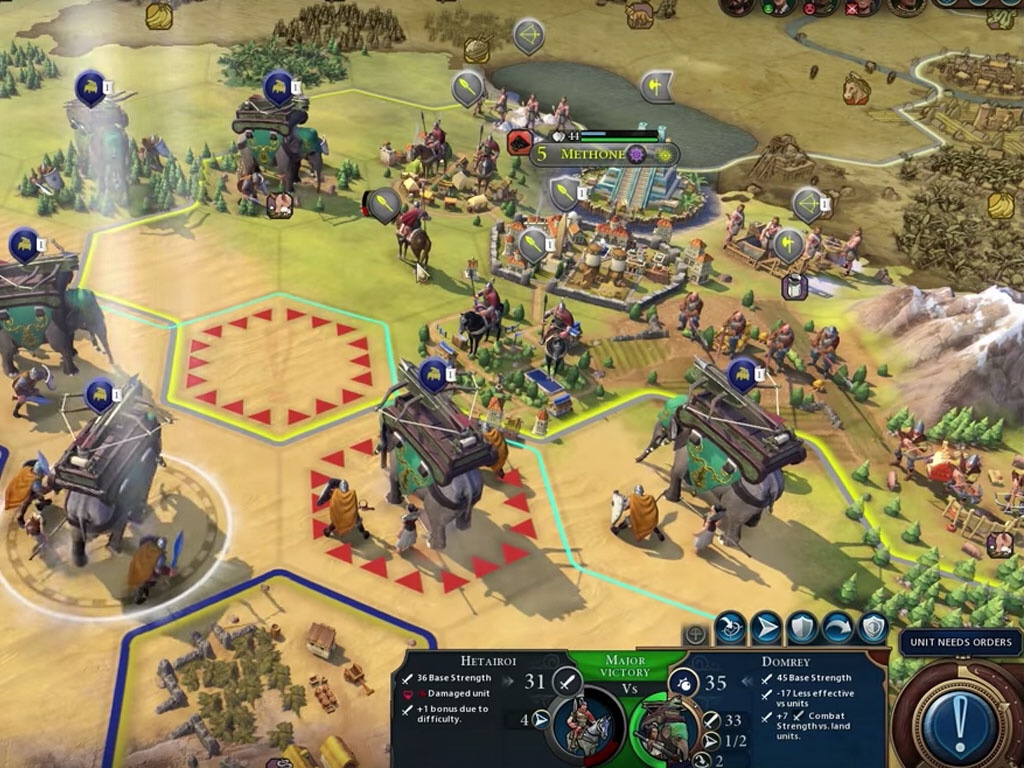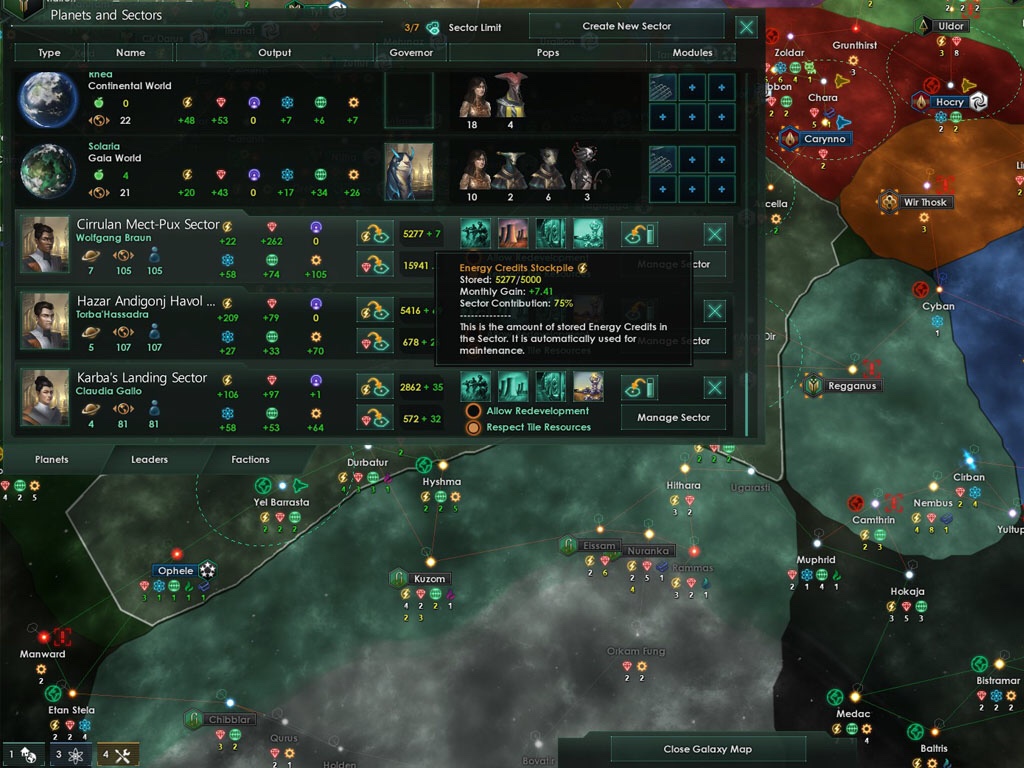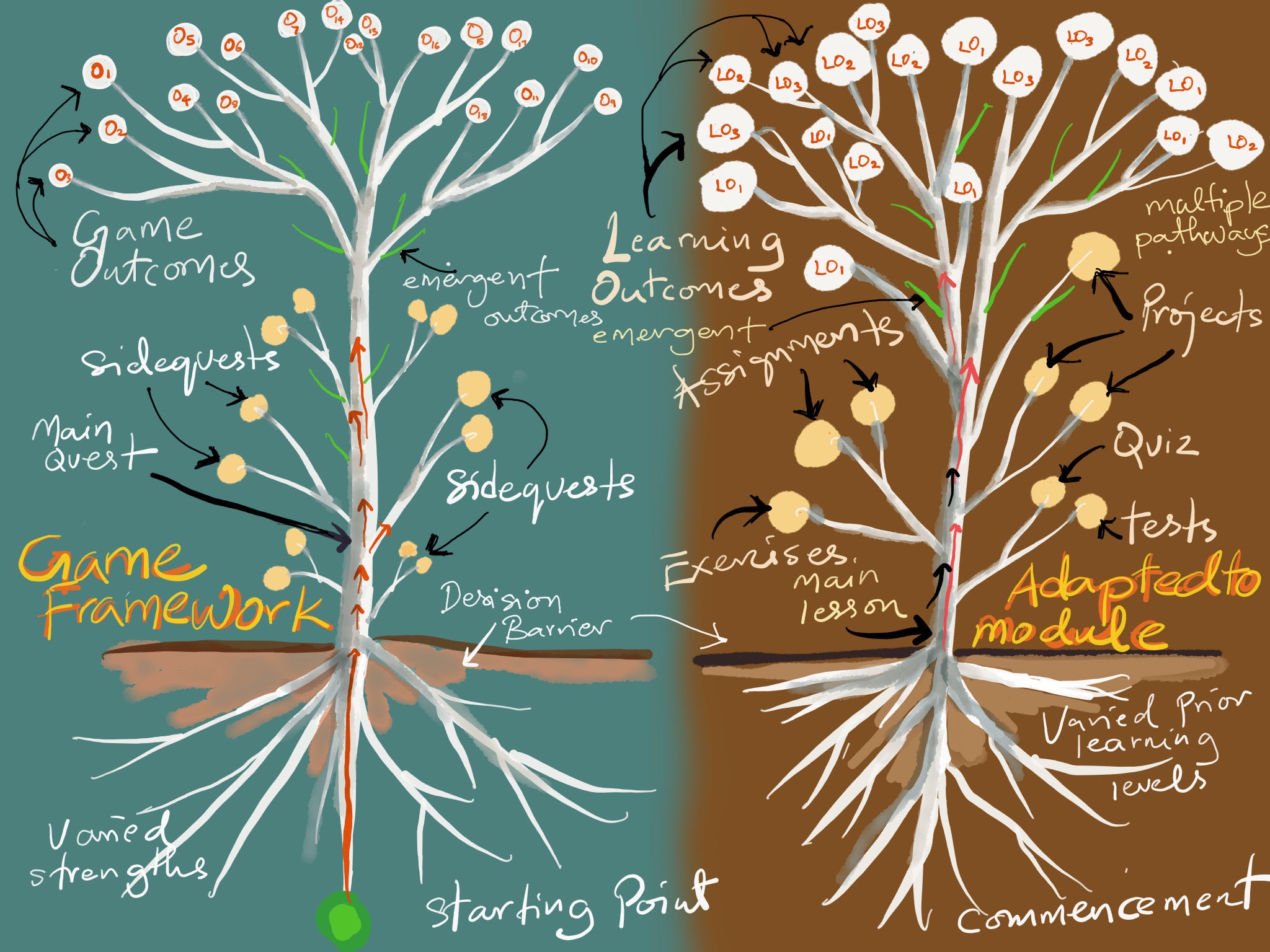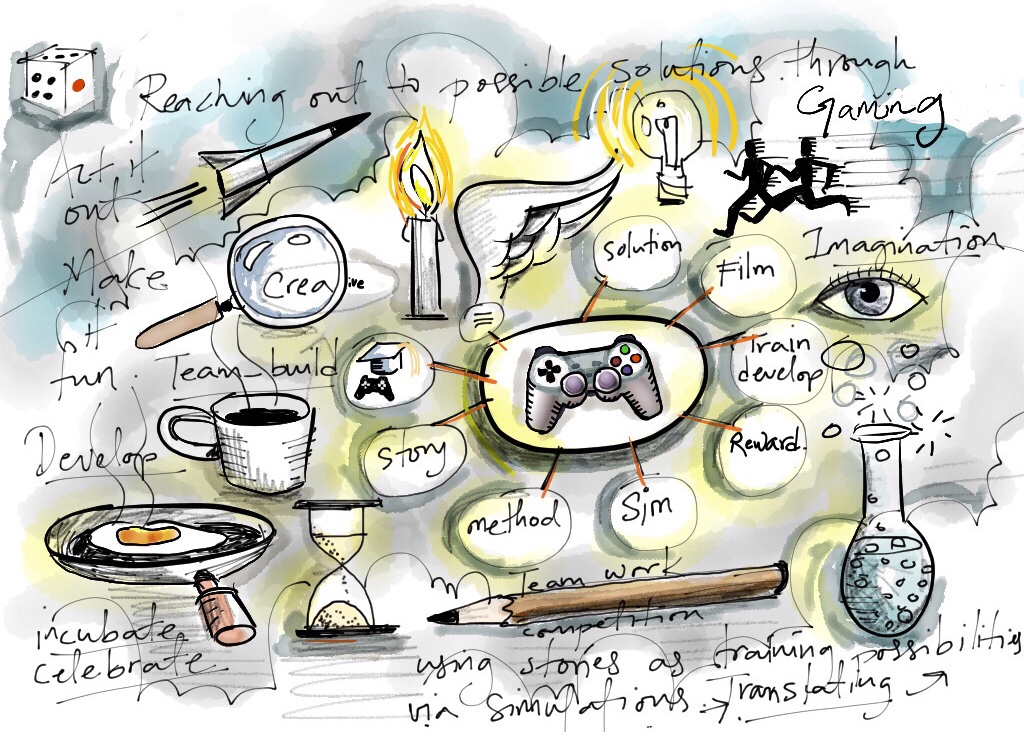If you are a teacher, instructor, or trainer, then I have one question for you. Have you ever tried to gamify your teaching and learning approaches? If yes, then it is an on-going quest. If no, and you may be interested to try, then perhaps this article can provide an overview. This article is about my personal views based on my teaching and learning practice in the area of gamification and game studies. But it is really about how your love for games can be an advantage!
Yes, I do play computer games, video games, board games or even real-life simulation games. Gaming for me used to be mainly for leisure. It wasn’t until 2002 when gaming became a large part of my search for a pedagogical approach to increase student and learning engagement. Ever since then, my need to play games wasn’t about entertainment anymore but it was about how it was designed. No, I was not looking for answers in the technicalities of polygons, pixels or 3D engines. It was the game itself. The core purpose, the narratives, the characters, aspects of conflicts, trade, commerce, ludology (game fundamentals and concepts) and semiotics (the visual language).
According to game designer and game researcher, Gonzalo Frasca, ever since the first online peer-reviewed journal on the games called ‘Games Studies’ was published in 2001, there was a steady increase in academic research in games in general and particularly, digital games. (Frasca, 2003). Studies about games weren’t merely touching on the aspects of entertainment but rather it is the connection between the study of gaming narratives, playability, and the context of why games are played which promoted the publishing of countless articles and even thesis concerning the mentioned subject matter. Game studies have truly leveled up over the years is going stronger than ever (“Game studies?: the international journal of computer game research.,” 2018)
But How do we educators level up? Should we play? But why play or rather the appropriate question could be ‘are we playing and what are we playing?’ One good example is the concept of ‘simulation’. Simulating a scenario within a disciplinary training may make the student more proficient in their field of study, in which the student would be able to make ‘safe-mistakes’ in a trial environment before applying their skills in real life especially in environments which don’t allow mistakes (Kaufman & Sauvé, 2010).
However, when simulations are used to infer the ability to deal with real life, wouldn’t it be a sense of irony that every time we get it right in a simulation, the student would tend to ‘unlock’ the likely hood of success or a sense of success and a scale would be used to indicate the depth, height, and width of their achievements. In every sense; educational assessment could be part of a gaming environment with added values or dimensions and this could be achieved by examining the concept of gameplay and game theory. According to Frasca, the answer resonates with the understanding of ludology, which is the study of game concepts which connects the playability of the game and its environment to the real world which also connects to life-narratives; including career challenges and educational challenges.
Now back to the question of ‘are we playing and what are we playing?’; the answer is; ‘playing the game of life!’. Come to think of it, our lives are like one big gaming world! We are competing with time! Jane McGonigal, game designer and author of the acclaimed book, ‘Reality is broken: Why games make us better and how they can change the world’ argues that we are part of a larger simulation which needs us to constantly go on various ‘quests!’. ‘Quest’ in this context means, mission or task. The term quest has been frequently used in fantasy-based allegories such as Tolkien’s Lord of the Rings stories or other mythologies in which the individual’s life is likened to that of a journey or could be on a journey towards a certain goal.
Investigating McGonigal’s idea of the real-world quests have fueled my passion to make my own teaching and learning practices as my own ‘quests’. Similarly, everything else in my own experience has become quests and if I do complete them, I could reap a reward and unlock future possibilities. Experiences like these become the manual for completing life’s quests.
However, this does not mean I am not taking life seriously by connecting games to real life, instead, I enhance my life with from the gaming perspective. It actually means, I am taking life more seriously. Putting on the gaming goggles, I can see more possibilities which reality can’t show. According to McGonigal (2011), reality can’t offer what games can. Games provide that simulated experience where self-achievement is a form self-actualized understanding of what we could do. It means, no matter what your abilities, intelligence or skills are, they matter, and it is possible to achieve great success in life.
What type of digital Games can you examine?
If you are into complexity and strategy, then it would be best to look at games which incorporate management simulations and strategy simulations. I am a big fan of strategy games. Games like the historically accurate ‘Sid Meier’s Civilization’ which gives you a chance to manipulate history, spacefaring and galactic civilization games like ‘Stellaris’, open world strategic survival and shooters like ‘Far Cry’ series and online multiplayer games like Fortnite or Apex Legends are just the few which I have discovered. Sample gameplay screens are provided below.

Credit: Sid Meier’s Civilization 6/YouTube
A Civilization 6 gameplay screen showing the strategic position of armies and resources. It is about managing a Civilization of your choice and exploring the possibilities of expansion and conquest.

Credit: Stellaris Sector Management/YouTube
A Stellaris gameplay screen showing management of sectors and resources of a galactic empire. Just like Sid Meier’s Civilization, this game simulates management, micro-management, trade, exploration, research, and conquest but able to expand to an entire galaxy with immense customization opportunities!

Credit: Apex Legends/YouTube
An Apex Legends gameplay screen. Apex legends. Is a squad-based, fast-paced multiplayer shooter which requires quick decision making and resourcefulness!
It is interesting to observe how these games provided opportunities to be depended on, seek answers, investigate, solve problems through various approaches and the most interesting thing of all, customization and personalization. Customization of a game engages me the most because I get to decide how my character could be in any way I like, or how I want my government to behave in specific ways. I get to see how decisions and choices affect the outcome. The best way to identify what works for you is to play the game yourself. Any game will do. This allows for limitless re-playability to explore various possible outcomes.
Classroom/module application
My findings in playing many games were to identify patterns of game-play. These patterns of gameplay can be studied, analyzed and compared. Patterns of game-play may consist of:
- The starting point, which indicates where and how the player begins
- The main quest which is being part of the main storyline. This is the main purpose.
- Distractors/side quest along the path of the main storyline which would equip the player with advantages
-
- Power-ups
-
- Extra weapons
-
- Extra life
- Decision-making opportunities which may require you to take a gamble, decide on a fate, take a chance, make decisions based on values and etc
- Main confrontation. This would be the final obstacle-based decisions made at number 4.
- Achieving the final goal or fulfilling the main storyline
Depending on the type of games you have chosen, you may discover various game-play patterns. For example, ‘snakes and ladders’ may have a similar pattern above but limits the choice making by confining the decision to move forward to taking a chance on a dice. Identifying these patterns would enable you to investigate what may work for your teaching or instructional approach your subject or module, hence creating a gamified delivery framework. I often began with sketching a specific framework. See figure 1 below:

Figure 1: Figure above shows 2 ‘tree’ like sketches which represents the frameworks I have identified for my module delivery for my class. The Game Framework on the left is juxtaposed with Adapted to subject or module delivery
The sketch illustrated by figure 1 above shows two ‘trees’ juxtaposed to compare the similarity between the game journey and the subject/module journey in the classroom. Both tree representations show branches which indicates the final outcomes and also emerging new branches, showing players or students progress. Other branches show ‘side-quests’ or supplementary assignments, quizzes, tests and etc. The ‘tree’ framework was intentionally created to illustrate how decision making at the ‘branch-off’ or intersections, can influence the learning outcomes. ‘Game Framework’ is compared to the ‘Adapted to Module’, showing how the game framework runs in parallel or show similarities to how a subject may be taught using game principles. More about this in the 2nd part of this article.
What can be extracted and learned from any game, could unlock the potentials of theorizing practical applications to how we could gamify teaching & learning through play or better still, create and develop unique and successful educational games! We need to continue our investigation by asking more questions. What if we play first? Would it possible to expound the experience of gameplay into a viable theory or concept? Could subject of module information for teaching be like a gaming manual? The answer may lie with you or whoever who would take on this challenge. Therefore, if you are an educator reading this, it is time to level up and unlock new knowledge! If you are a student reading this article, aim for the next level and get some power-ups, whatever they may be!
References:
Frasca, G. (2003). Simulation versus Narrative: Introduction to Ludology. (M. J. P. Wolf & B. Perron, Eds.)Video/Game/Theory. Routledge.
Game studies?: the international journal of computer game research. (2018). Retrieved October 22, 2018, from http://gamestudies.org/1801
Kaufman, D., & Sauvé, L. (2010). Educational gameplay and simulation environments: Case studies and lessons learned. Hershey, New York: Information Science Reference. Retrieved from http://www.igi-global.com/book/educational-gameplay-simulation-environments/37262&f=hardcover
McGonigal, J. (2011). Reality is Broken. New York. New York: The Penguin Press.
Charles has earned a BA (Hons) in Graphic Design, M. Ed Tech, and PhD in Education. He applies experiential learning and gamified approaches both in and out of classroom.

